-
You have no items in your shopping cart.
- Register
- Log in
- Wishlist
- Shopping cart
Solar Inverter Solution
As the global energy crisis continues to intensify, solar energy, as a green and renewable energy, has gradually attracted people's attention. In the solar power generation system, the photovoltaic inverter plays an indispensable role. It can convert the direct current generated by the solar panel into the alternating current used by household appliances.
So before we use the solar inverter, we have to test it to ensure that we will not make mistakes in this link during use. Next we will give detailed step-by-step answers on how to test solar photovoltaic inverter tests.
Inverter.com Products for Use:
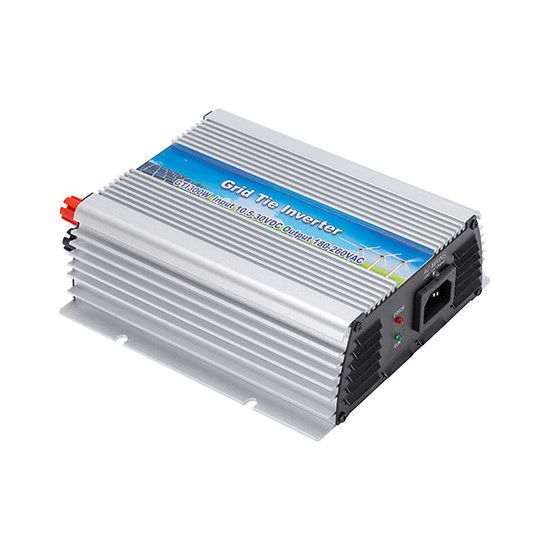 |
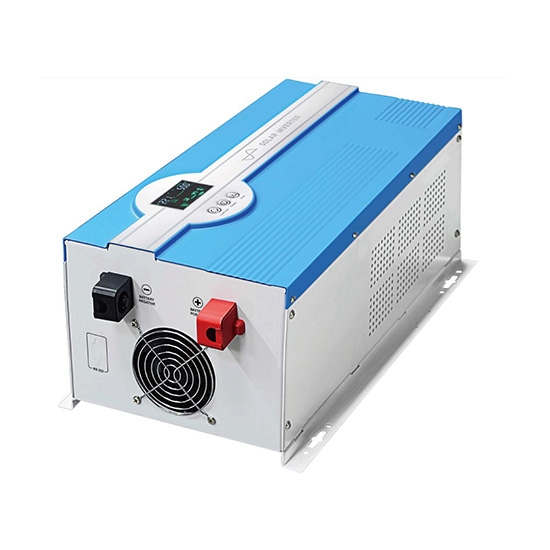 |
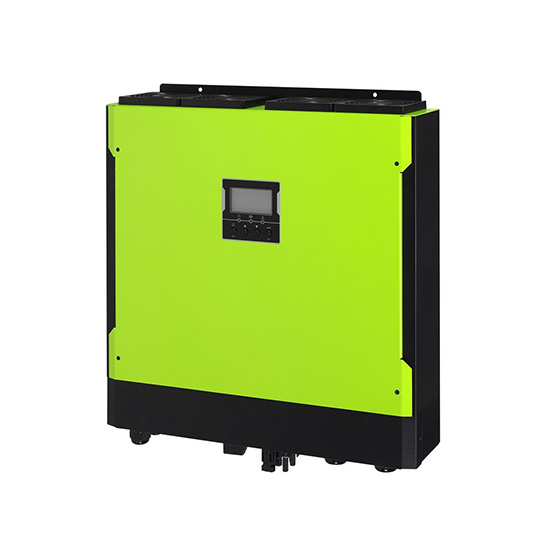 |
| On Grid Inverter | Off Grid Inverter | Hybrid Solar Inverter |
Photovoltaic inverter grid connection test
The photovoltaic inverter converts the DC voltage generated by the solar panel into AC power through inversion, and connects it to the grid in parallel. In order to ensure the quality of power supply and test the impact of photovoltaic inverters on the grid after grid connection, various relevant specifications and test standards have been formulated.

Composition of test system
According to the standard requirements and test items, build a test platform as shown in the figure below:
| Device Name | Functional Requirements | Specifications |
| Grid Simulator | 1. Simulate the abnormal change of grid voltage frequency | Hundreds of VA-several MVA |
| 2. Simulate the change of grid voltage fault dip until recovery | ||
| 3. Simulate the moment of grid voltage loss, and test whether the anti-islanding effect protection is completed within 2s | ||
| 4. It has the function of isolation protection to protect the inverter from damage | ||
| IV Simulator | 1. Solar cell array I-V curve simulation | The highest voltage is 2250V, and the maximum power is several MW |
| 2. I-V curve simulation under laser irradiation without temperature | ||
| 3. I-V curve of solar panel under shielding | ||
| 4. Test inverter MPPT efficiency |
Low (zero) voltage ride through grid connection test
Low Voltage Ride Through (LVRT) is an important grid-connected test in standard test items. Low-voltage ride-through stipulates that when the grid voltage drops for a period of time, grid-connected devices such as solar inverters or wind power still need to maintain output until the grid power returns to normal.
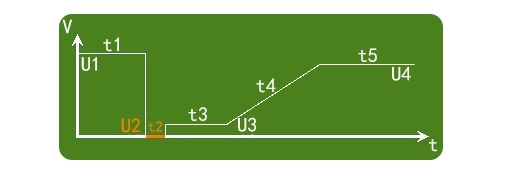
The power grid simulator can simulate and output various low-through waveforms through simple settings, which is convenient for users to test.
The user can set U1_U4, t1-t5 and other parameters according to the interface prompts. The low (zero) voltage ride-through curve will be automatically generated inside the power supply and directly output to the inverter, which is simple and efficient. The following figure is the actual waveform captured by the oscilloscope:
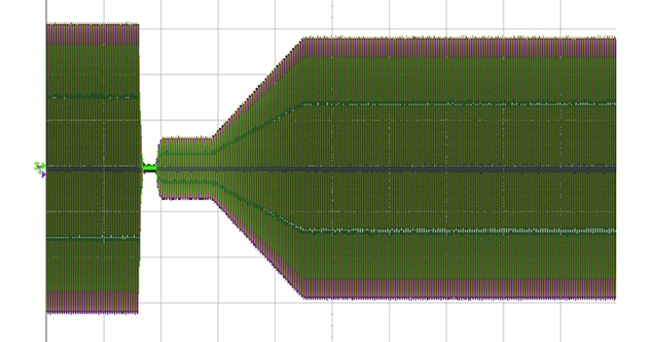
Grid distortion simulation
Simulating grid distortion, abnormal fluctuations, and three-phase unbalance are also important items in the grid-connected test. The grid simulator can superimpose 2-40 harmonics on the output to fully simulate the distortion. In addition, the three-phase decoupling independent control strategy can be used to realize the abnormal fluctuation of three-phase voltage/frequency and three-phase unbalance.
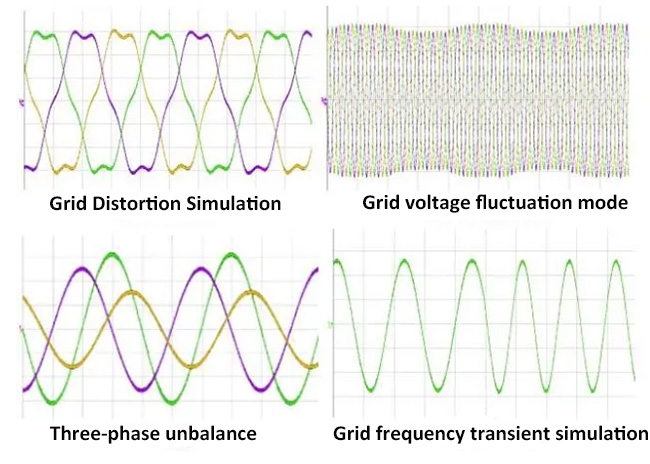
During the test, the user does not need to calculate or refer to other instruments, but can directly observe the screen to obtain the tracking results.
